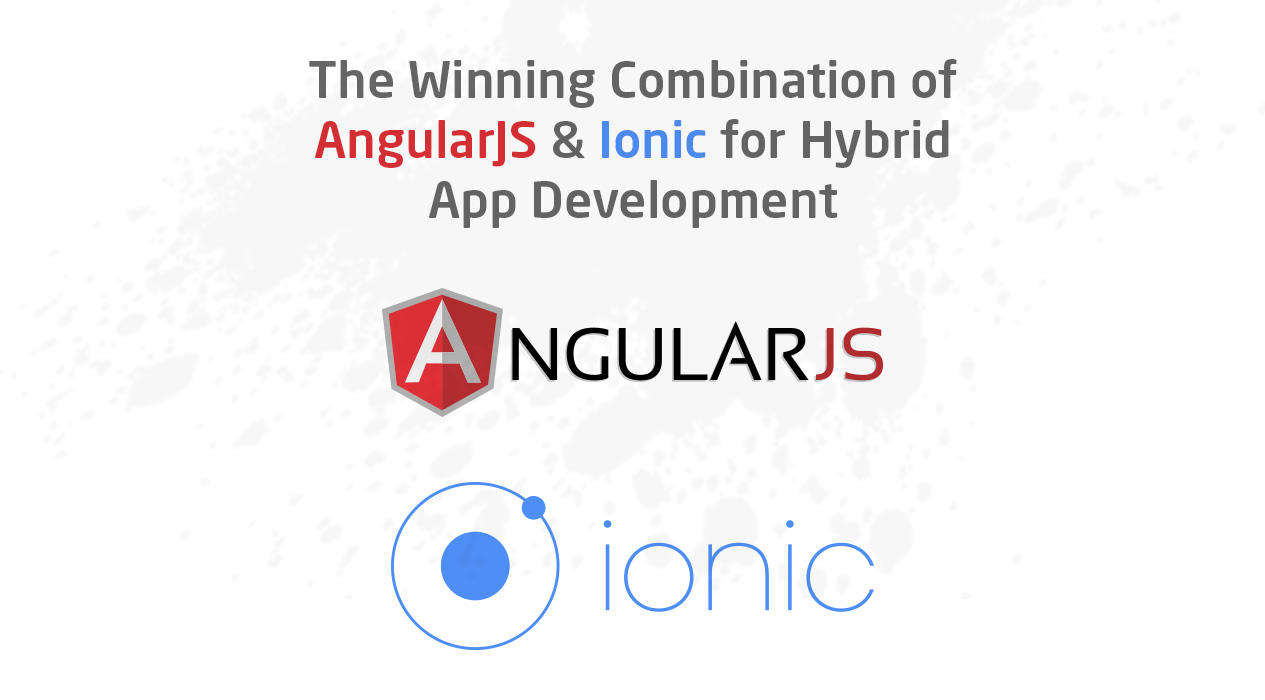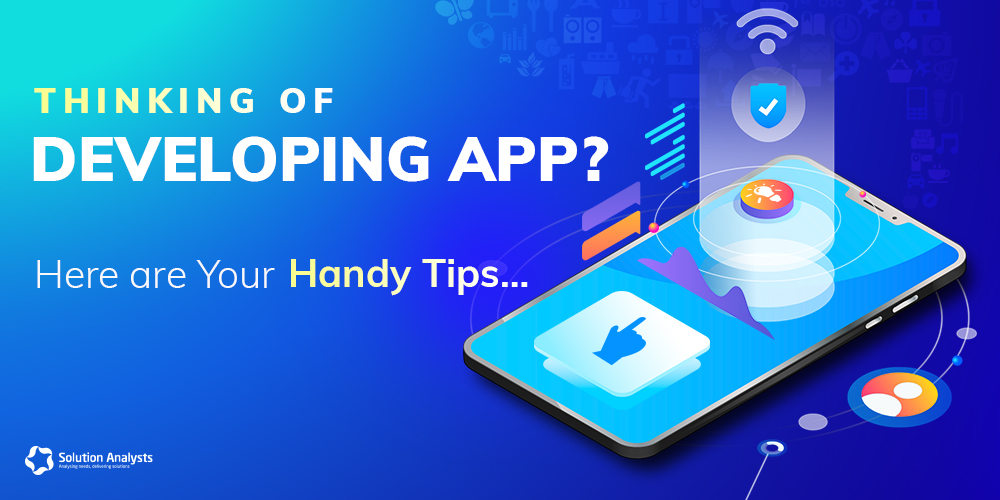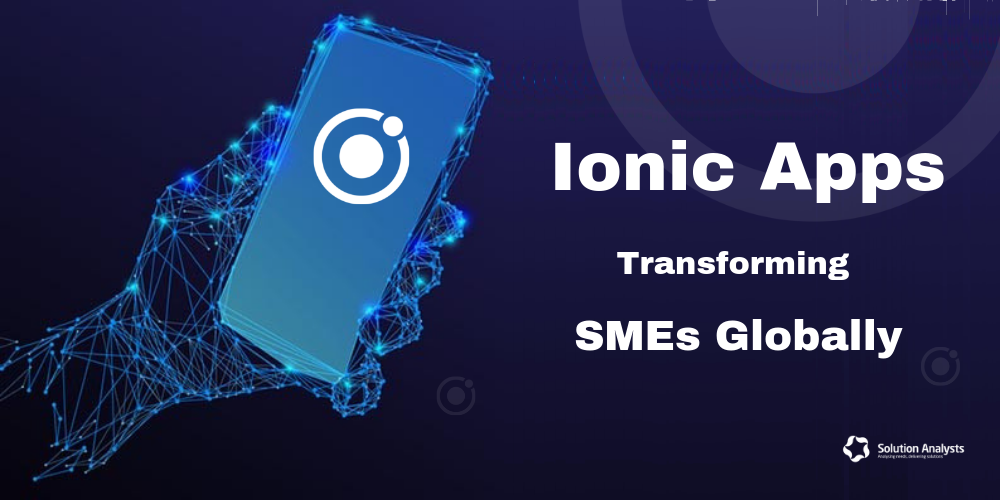
Table of Contents
Ionic is a front-end SDK built on top of AngularJS, which is the most popular JavaScript library. As a platform, it also facilitates the integration of services such as push notifications and analytics. We discuss why Ionic and AngularJS is a winning combination for hybrid mobile application development.
One App for Many Platforms
The two most lucrative platforms for mobile applications continue to be iOS and Android, but the other platforms, especially BlackBerry and Windows Phone cannot be completely written off either. For enterprise applications, especially in businesses with the BYOD policies, the hybrid is a logical option.
jQuery Mobile is the predecessor of Ionic and it is still available for development. However, ionic picked pace for its versatility and the extensive development forum that frequently add new features and have helped the platform grow.
Ionic Goodies!
There’s very little not to love about Ionic – it is great for UI, debugging, performance and build. The platform has dozens of components with extensible options. The quality of the components are exceptional and their interaction with one another seamless.
With the new version, the application layout depends on the device and Ionic follows specific guidelines of individual platforms for element display. Intricate details of the transition, styling, and another platform-specific behaviour is also followed. Developers can use $ionicConfigProvider to overwrite particular styles, transition or behaviour.
Know More: Why to Build a Native App when you can conquer all with Ionic & Angular 2
Ionic All the Way
The cross-platform application helps you create a larger market base and gives you greater access to users. Ionic combines AngularJS, HTML5+CSS and uses Cordova to access native device functions. It offers great support and extensive possibilities with features that are naturally integrated as native apps on a shared base code. <.p>
Creating the Components
Most mobile app developers will complain about the effort required to create icons and splash screens for hybrid app development. Individual parameters such as height, width, density, device and a host of other things have to be taken into consideration.
In order to do complete justice, multiple splash screens and icons will have to be created. On Ionic, you just have to create two files – .psd, .ai or .png within the resources directory, specify the template and you are done.
Performance of Ionic Apps
Hybrid applications are generally not renowned for their performance. However, Ionic has optimized UI components with embedded Crosswalk in the CLI to ensure optimum performance across platforms.
Ionic platform with its JavaScript base gives greater access to mobile developers to multiple platforms without any performance compromise. Finally, mobile app developers can hope to build complex applications using a hybrid mobile app development platform.









 sales@solutionanalysts.com
sales@solutionanalysts.com solution.analysts
solution.analysts






